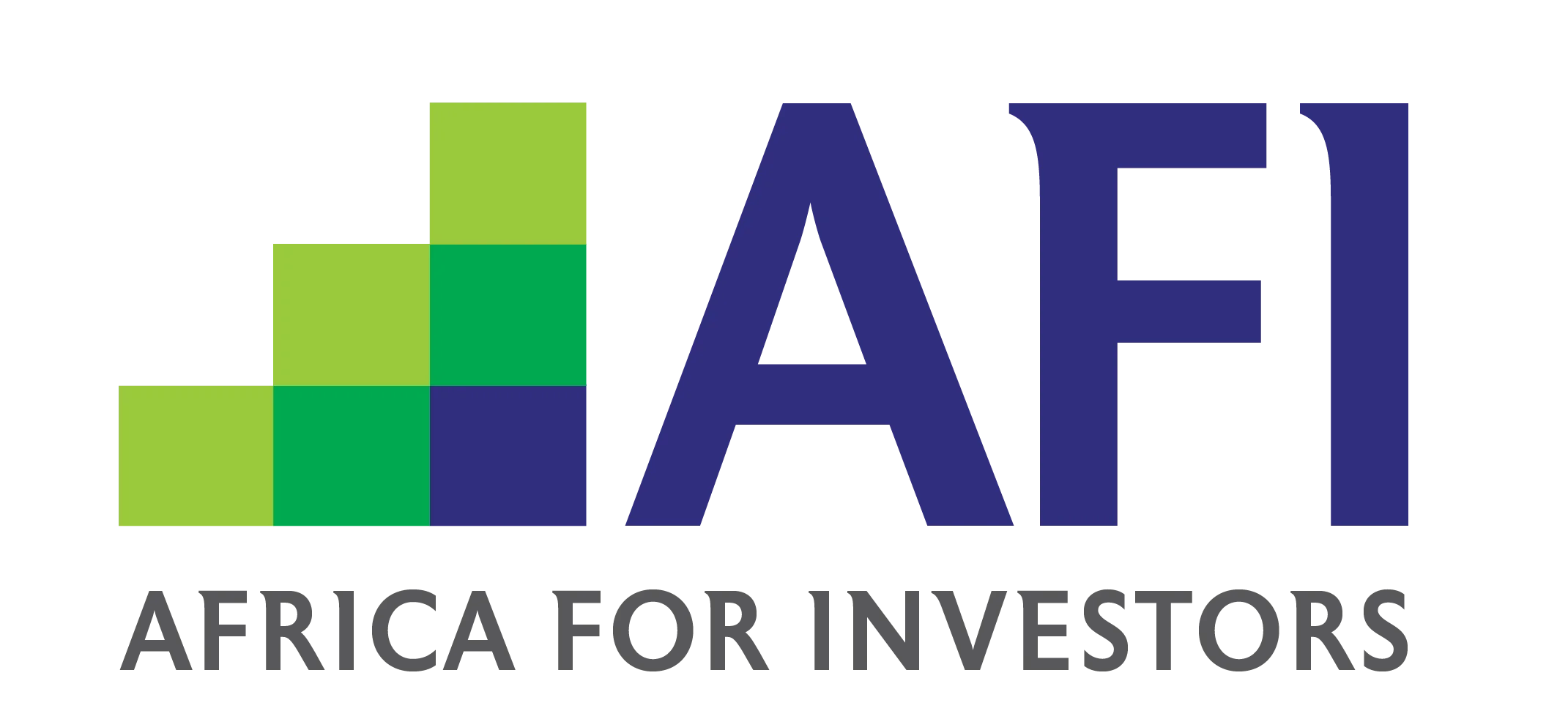
*Note: Name, Email and Phone Number are mandatory.

Global apparel sourcing is at a structural inflection. Production hubs like Bangladesh, Vietnam and India have dominated for decades, but cost escalation, rising regulatory and sustainability burdens, and geopolitical volatility are prompting brands to reconsider. Labour and energy costs have climbed steadily in Asia, and the lead‑time advantage is being eroded.
Against this backdrop, Africa emerges as the logical “next wave” of textile manufacturing.
From an investor lens: Africa offers the same cost–market–talent trifecta that drew investors to Asia but with newly emerging infrastructure, trade‑frameworks and diversification value. The narrative is shifting from “why Africa someday” to “why Africa now”.
For investors, the value proposition is clear:
In short, these ecosystems transform Africa from a “cotton supplier” to a “global apparel manufacturing hub”.
Africa is benefiting from multiple trade frameworks that give export‑oriented manufacturing a competitive edge.
It’s this combination of duty‑free access + proximity + raw‑material availability that establishes Africa as a sourcing alternative with non‑linear market reach.
From an investor's perspective: Africa is not just low‑cost; it is export‑enabled.
Reduced tariffs, shorter transit to Western markets and the ability to service the rising African consumer all combine into a strategic sourcing hub.

Building on this foundation, Africa’s textile industry has entered a new phase, one defined by production, not promise. From Benin to Togo, integrated parks are supplying prominent brands and adding export arm of a sector once seen as peripheral.
The shift is visible across factory floors and trade data alike: Africa’s role in global textiles is no longer a question of “when,” but “how far and how fast.”
In fact, according to UNESCO, Africa exports about USD 15.5 billion in textiles annually and imports USD 23.1 billion in textiles, clothing and footwear signifying both scale and opportunity for disruption. The results are visible across a growing network of industrial zones where international retailers, local cotton, and world-class infrastructure are converging into Africa’s next export engine.
GDIZ, Benin: A vertically integrated textile park producing fabrics and garments using locally sourced cotton. Home to Benin Textile Corporation, it supplies global retailers, including the likes of KIABI, Gémo, The Children’s Place, U.S. Polo Assn to name a few. Exports crossed 80,000+ units to Europe in 2024, underscoring the zone’s export-ready infrastructure and efficient value-chain integration.
PIA, Togo: Sri Lanka’s Star Garments Group has set up its first African manufacturing facility at PIA Togo’s Industrial Platform. The facility is expected to create 4,520 jobs by 2030 and will supply exports to US and EU. The project underscores how Africa’s textile zones are now aligned with global manufacturing and ESG standards.
IPR, Nigeria: The USD 2 billion integrated garment hub set to process 1,000 tons of cotton daily and deliver 4.4 million garments per day post the groundbreaking, positioning Nigeria as West Africa’s upcoming apparel export powerhouse. Backed by Arise IIP and federal industrial diversification programs, the project signals investor confidence in large-scale manufacturing capability.
Vipingo SEZ, Kenya: A 2,000-acre, plug-and-play textile-focused facility near Mombasa, co-developed with Centum Investment PLC. Its port adjacency, integrated water-treatment systems, and modern compliance frameworks makes it ideal for high-volume, export-grade garment manufacturing.
From local cotton fields to global supply chains, the momentum across Africa’s textile zones reaffirms the growth trajectory of a continent producing not just for itself, but for the world. The journey ahead is one of scaling this success with the same precision that built it.
Turning vision into infrastructure, Integrated textile facilities bridges the gap between strategy and execution. Across Africa’s leading textile hubs, plug-and-play infrastructure facilities, integrated utilities, and regulatory alignment make investment not just possible, but practical.
Key enablers of investment success:
Africa’s textile manufacturing is at the cusp of a phenomenal rise. The above model of ecosystem lends investors a shorter runway to scale, and an integrated approach combining world-class infrastructure, enabling policies, and streamlined logistics.
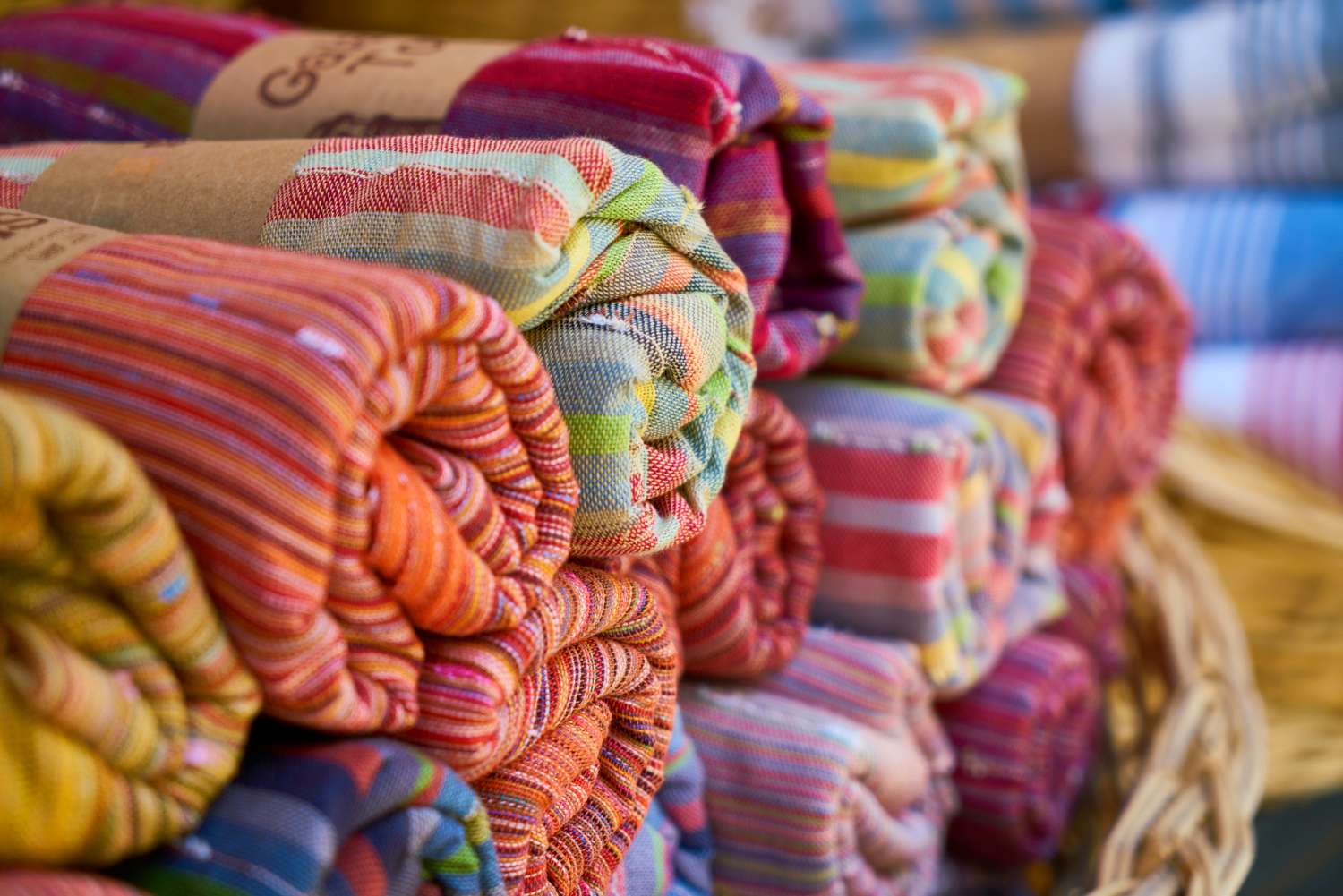
The threads of a new global textile map are already on the loom, and Africa is at its center. What began as a vision for integrated value-chain manufacturing has evolved into working factories, export pipelines, and growing brand partnerships.
For those looking ahead, the indicators align:
The story of global sourcing is being rewritten, and Africa is no longer the next chapter, but the headline. To be part of this shift, explore investment-ready textile zones and join a continent shaping the future of apparel manufacturing.
#InvestInAfricaNow
Establish your textile or apparel operations in Africa’s world-class industrial zones and position your business at the forefront of the continent’s manufacturing growth. Connect with our investment specialists to explore integrated textile parks and shape your next chapter in manufacturing excellence.
Get in touch with our Africa investment specialists or support team and expand your business in Africa today!
1. What’s fueling Africa’s emergence as a textile manufacturing hub?
Africa’s textile growth is being driven by a convergence of raw material access, infrastructure-ready industrial zones, and preferential trade frameworks like AGOA and AfCFTA. Together, these reduce setup timelines, logistics costs, and market barriers enabling export-scale manufacturing within globally competitive ecosystems.
2. How are Africa’s textile zones different from traditional manufacturing clusters?
Unlike fragmented clusters seen elsewhere, SEZ zones are vertically integrated from cotton spinning to garmenting and logistics all within one ecosystem. This co-location model minimizes internal freight, improves supply coordination, and maximizes gross margin capture for manufacturers
3. Which African regions are showing the fastest scale-up in textile production?
West Africa is rapidly transitioning from raw cotton exports to value-added fabric and apparel manufacturing especially in Benin and Togo, where SEZ zones already support largescale spinning and garment operations. Meanwhile, East Africa continues to lead in apparel exports to the U.S. under AGOA.
4.What’s the long-term outlook for Africa’s textile sector?
With global sourcing diversifying beyond Asia, Africa’s fully integrated ecosystems are positioning it as the next growth frontier. The continent’s textile story is shifting from potential to performance backed by rising export numbers, regional trade harmonization, and sustainability-led production models.
recommended topics
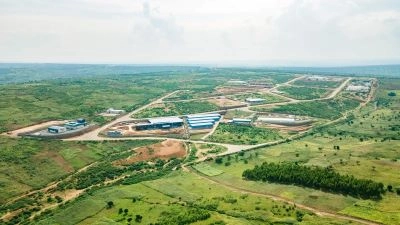
Discover prime locations across Africa for lucrative investment opportunities and strategic growth.
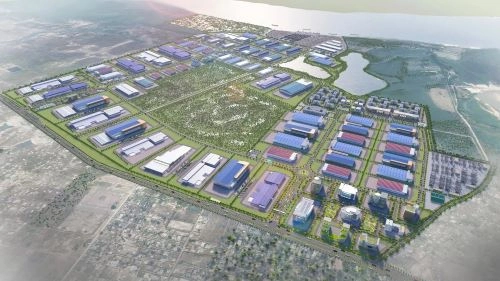
Explore key investment zones in Africa that offer strategic advantages and economic benefits.
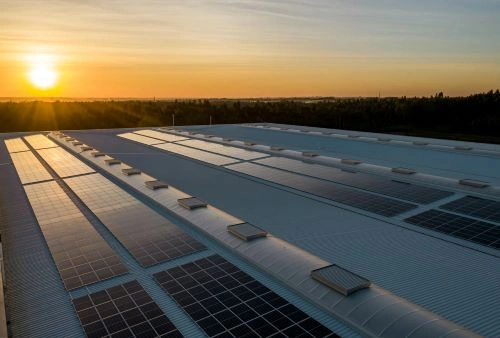
Uncover the best investment opportunities in Africa to maximize your business potential.

Identify the most promising sectors in Africa for high returns and sustainable investments.
Compare
Dear investor, please compare similar category items- either Locations or Opportunities.
*Already subscribed.
*Enter your name/email.

Sign up for exclusive investment alerts.
Already subscribed? Skip
Thank You For Subscribing to
Africa For Investors.

You will be redirected to AFI’s Linkedin Profile in 10 seconds.
Stay On AFI Website